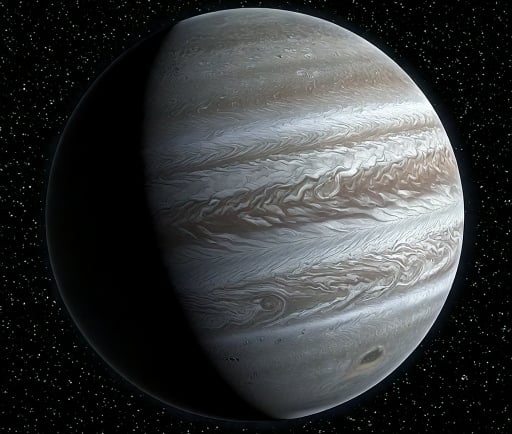HIP 65 A B: In Transit


The HIP 65 A B
In the vast expanse of our universe, exoplanets hold the key to unraveling many of our cosmic mysteries. One such fascinating discovery is HIP 65 A B, an exoplanet located in the Phoenix constellation. This celestial body has captured the attention of astronomers and planetary scientists alike, primarily due to its noteworthy characteristics, including its size, orbital inclination, and spectral classification.
Characteristic Features of HIP 65 A B
HIP 65 A B is an intriguing discovery, boasting a mass of approximately 3.21 Jupiter masses. This significant mass positions it as a giant exoplanet, similar in scale to some of the larger planets within our solar system. One of the defining features of this exoplanet is its inclination of 77.2 degrees, exemplifying its unique orbital characteristics. This inclination suggests a highly inclined orbit relative to its parent star, thereby intriguing scientists regarding its formation and trajectory in comparison to other known exoplanets.
The spectral classification of HIP 65 A B is K4V, indicating that it falls within the category of main-sequence stars. The implications of this classification contribute significantly to our understanding of the planet's atmosphere, potential weather patterns, and perhaps even hints at habitability. Additionally, the exoplanet is located at a distance of 0.58 to 1.11 astronomical units (AU) from its host star, positioning it within a habitable zone that may support conditions suitable for liquid water.
The Upcoming Transit and Observational Opportunities
A particularly exciting aspect of HIP 65 A B is its upcoming transit, scheduled for April 21, 2025, at 1:53 PM. Transits provide astronomers with a unique opportunity to study planets, as they offer a method for measuring the dimming of a star’s light when a planet passes in front of it. This event not only allows for the confirmation of the planet's existence but also enables scientists to glean invaluable information regarding its atmosphere and physical properties.
For those interested in observing the transit, it is essential to keep an eye on the schedules indicated by further astronomical forecasts. The 2025 event promises to be a stellar opportunity for both amateur and professional astronomers, as advances in telescope technology can enhance the quality of observations. Moreover, with the growing interest in the search for extraterrestrial life, HIP 65 A B stands as a key subject of study and exploration.
Conclusion
The discovery and study of HIP 65 A B highlight the importance of continued exploration in the field of astrophysics. As we gain a deeper understanding of such exoplanets within our galaxy, it opens endless avenues for future research, drawing us closer to answering fundamental questions about the universe and our place within it. With the upcoming transit in 2025, astronomers worldwide will have a unique opportunity to delve deeper into the mysteries of this remarkable exoplanet.
